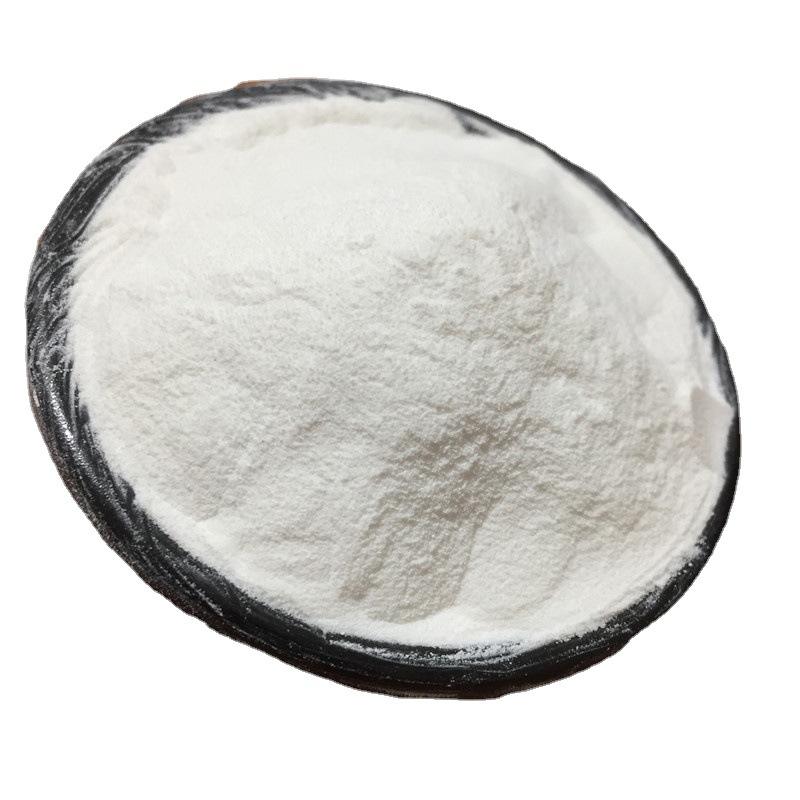White carbon black (scientific name hydrated silica, SiO ₂ · nH ₂ O) is an amorphous white powder that has become a key material in industries such as rubber, plastics, and coatings due to its high specific surface area, excellent reinforcement properties, and chemical stability. This article will start from its chemical essence and analyze its core characteristics and industrial value.

Chemical characteristics and preparation process
The molecular structure of white carbon black is composed of disordered arrangement of silicon oxygen tetrahedra, and the surface is rich in silicon hydroxyl groups (- Si OH), which endows it with strong adsorption and reactivity. The preparation process is mainly divided into two categories:
Precipitation method: Sodium silicate (water glass) reacts with sulfuric acid to form a precipitate, which is washed, dried, and crushed to obtain the product. This process has low cost and high yield, but the particle size distribution is wide (5-100 nanometers), and the purity is about 90% -95%.
Gas phase method: Prepared by high-temperature gas-phase hydrolysis of silicon tetrachloride (SiCl ₄), the product is nanoscale (5-50 nanometers) high-purity white carbon black (purity>99%). It has excellent dispersion, but requires large equipment investment and high energy consumption.
Industrial application scenarios
Rubber industry: White carbon black is the core reinforcing agent for green tires. Compared to traditional carbon black, tires filled with it can reduce rolling resistance by 15% -20%, reduce fuel consumption by 5% -10%, and improve wet skid resistance by more than 30%. The Michelin "Energy Saver" series tires achieve a balance between energy efficiency and safety through highly dispersed white carbon black technology.
Coatings and inks: White carbon black, as an anti settling agent and thickener, can prevent pigment settling, improve coating glossiness and adhesion. In 3C coatings, its extinction effect is superior to traditional titanium dioxide, reducing costs by 40%.
In the field of daily chemical products, white carbon black is used as a friction agent in toothpaste, which can clean the tooth surface without damaging the enamel; In cosmetics, its microporous structure can adsorb oils and provide a matte texture.
Market Trends and Challenges
The global market size of white carbon black is expected to reach 3.2 billion US dollars by 2025, with a compound annual growth rate of 6.2%. The driving factors include green tire policies and the increasing demand for new energy materials. However, the industry is facing challenges such as dependence on imported high-end products (with a gas-phase French production rate of less than 30%) and increasingly strict environmental regulations. In the future, biomass silicon source preparation technology and intelligent production will become breakthroughs.
http://https://www.siliconeoil.net/
